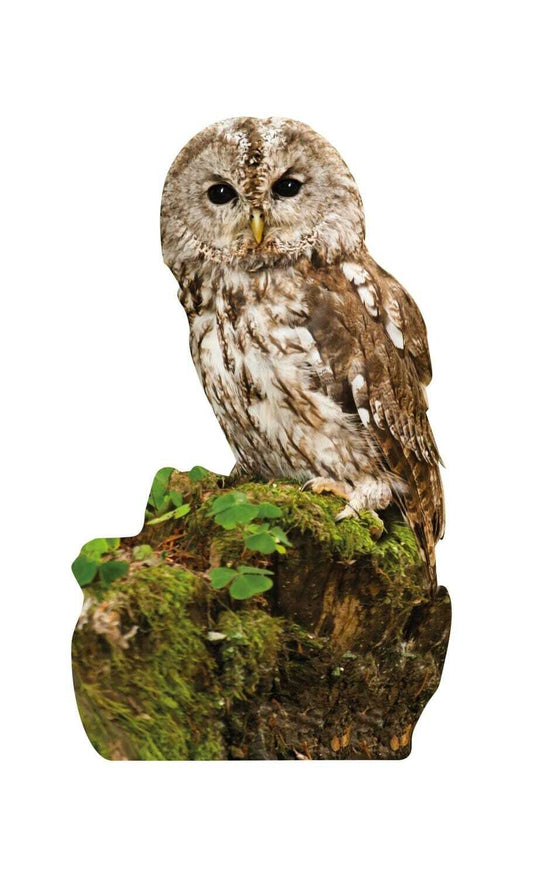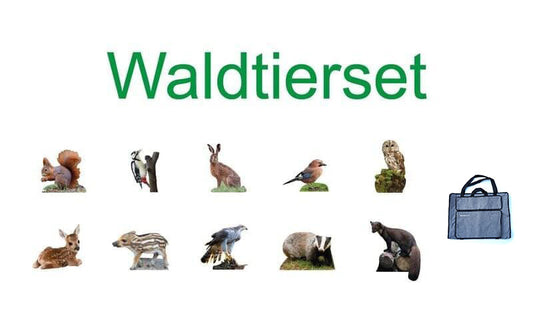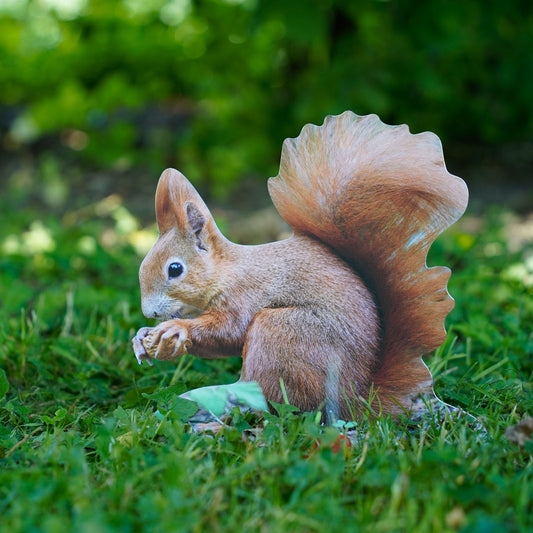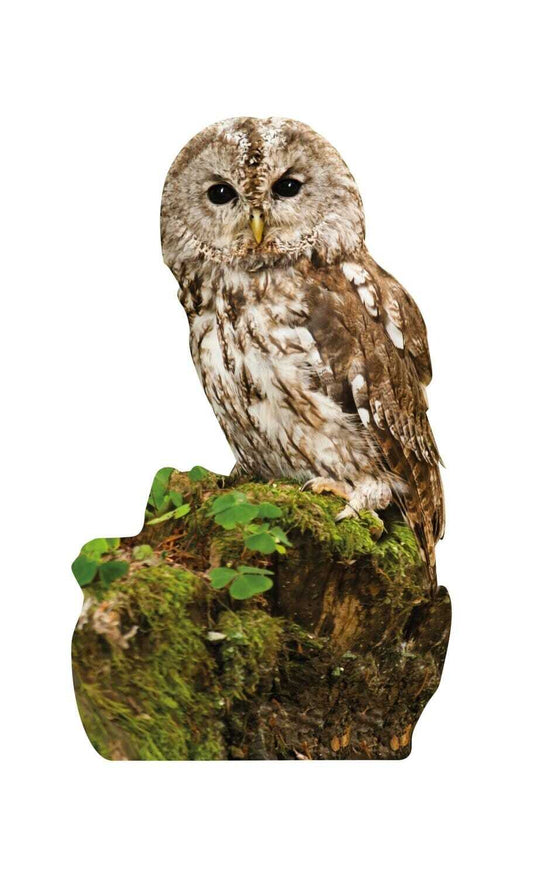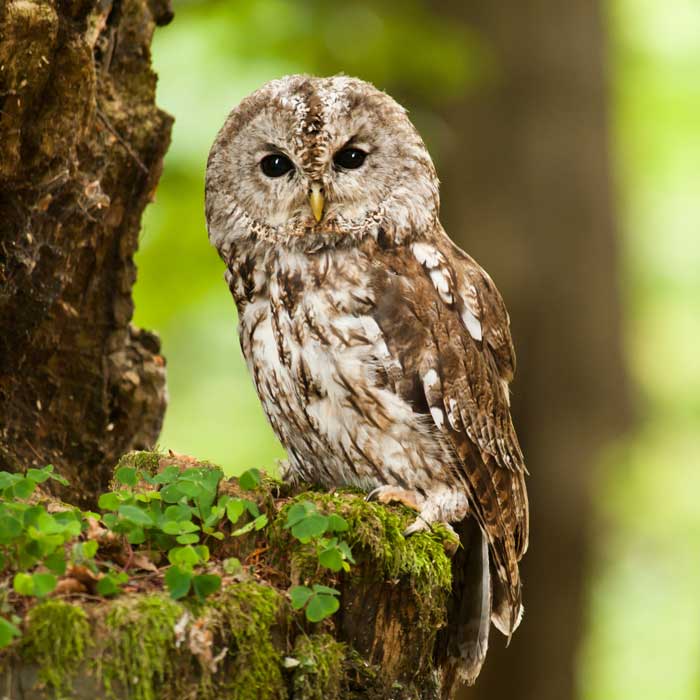
brown owl
The tawny owl, a distinctive owl species of European forests, is known for its distinctive feathered ears and nocturnal calls. This fact sheet provides a detailed overview of the biology and ecology of the tawny owl and highlights the importance of its protection and conservation in natural habitats.
brown owl Products
-
Animal display tawny owl
Regular price From 39,90€Regular priceUnit price / per -
Animal set - forest animals
3 reviewsRegular price 359,90€Regular priceUnit price / per -
Animal display tawny owl - outdoor set
No reviewsRegular price 55,50€Regular priceUnit price / per -
Animal display tawny owl
No reviewsRegular price From 19,90€Regular priceUnit price / per -
Animal display tawny owl - outdoor set
No reviewsRegular price 27,70€Regular priceUnit price / per -
Animal set - forest birds
Regular price 329,90€Regular priceUnit price / per369,90€Sale price 329,90€Sale
Profile: brown owl
-
Scientific classification
- Class: Aves (birds)
- Order: Strigiformes (owls)
- Family: Strigidae (owls)
- Genus: Strix
- Species: S. aluco (Tawny Owl)
-
Physical characteristics
- Size: Body length of 36-42 cm
- Wingspan: 81-96 cm
- Weight: 250-550 g
- Special features: Medium-sized owl with a round head and striking feathered ears, yellowish-brown eyes, grey-brown plumage with dark horizontal stripes, white chin and throat.
-
Habitat and distribution
- Common regions: Europe, North Africa, parts of Asia
- Habitat: Diverse, from deciduous and mixed forests to parks and gardens to urban areas with old trees.
-
Nutrition
- Diet: Carnivore
- Typical food: small mammals such as mice, rats, rabbits, but also birds, insects, worms and occasionally amphibians and reptiles.
-
Reproduction and lifestyle
- Breeding season: spring to summer
- Nest building: In tree hollows, nesting boxes or abandoned crow or squirrel nests
- Egg laying: 2-5 eggs per clutch
- Brood care: Females incubate the eggs, males provide food and brood care
- Social structure: Mostly in pairs or small family groups.
-
Lifespan and protection status
- Life expectancy: Up to 15 years in the wild
- Threat status: Not threatened, but habitat loss, loss of nesting sites and traffic accidents can affect local populations.
- Protection measures: Preservation and protection of old tree populations, creation of nesting aids, raising awareness about the importance of the forest for the tawny owl.

